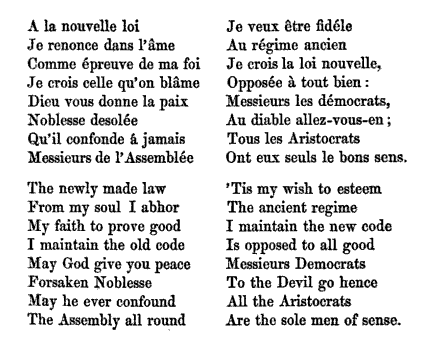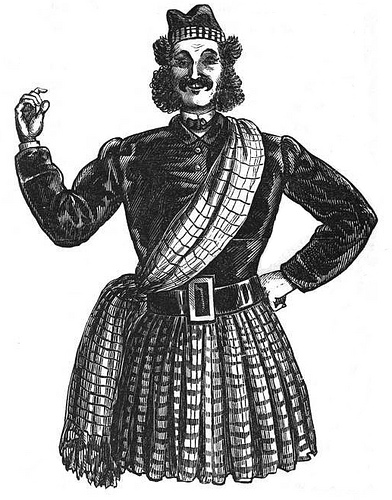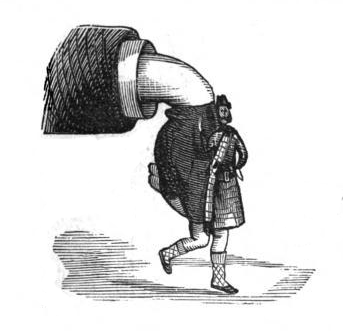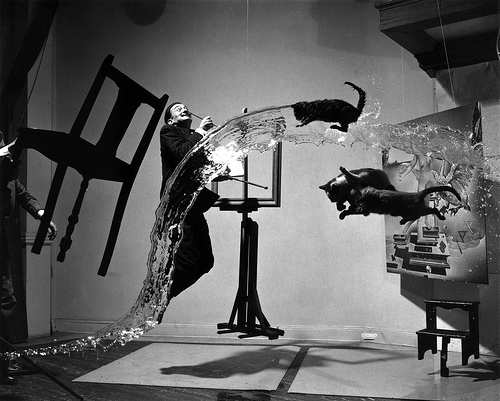Homer was a beggar; Plautus turned a mill; Terence was a slave; Boethius died in gaol; Paul Borghese had fourteen trades, and yet starved with them all; Tasso was often distressed for five shillings; Bentivoglio was refused admittance into an hospital he had himself erected; Cervantes died of hunger; Camoens, the celebrated writer of the Lusiad, ended his days in an alms house; and Vaugelas left his body to the surgeons, to pay his debts as far as it would go. In our own country, Bacon lived a life of meanness and distress; Sir Walter Raleigh died on a scaffold. Spencer, the charming Spencer, died forsaken, and in want; and the death of Collins came through neglect, first causing mental derangement. Milton sold his copy-right of Paradise Lost for fifteen pounds, at three payments, and finished his life in obscurity; Dryden lived in poverty and distress; Otway died prematurely, and through hunger; Lee died in the streets; Steele lived a life of perfect warfare with bailiffs. Goldsmith’s Vicar of Wakefield was sold for a trifle to save him from the gripe of the law; Fielding lies in the burying-ground of the English factory at Lisbon, without a stone to mark the spot; Savage died in prison at Bristol, where he was confined for a debt of eight pounds; Butler lived in penury, and died poor; Chatterton, the child of genius and misfortune, destroyed himself.
— The Terrific Register, 1825





